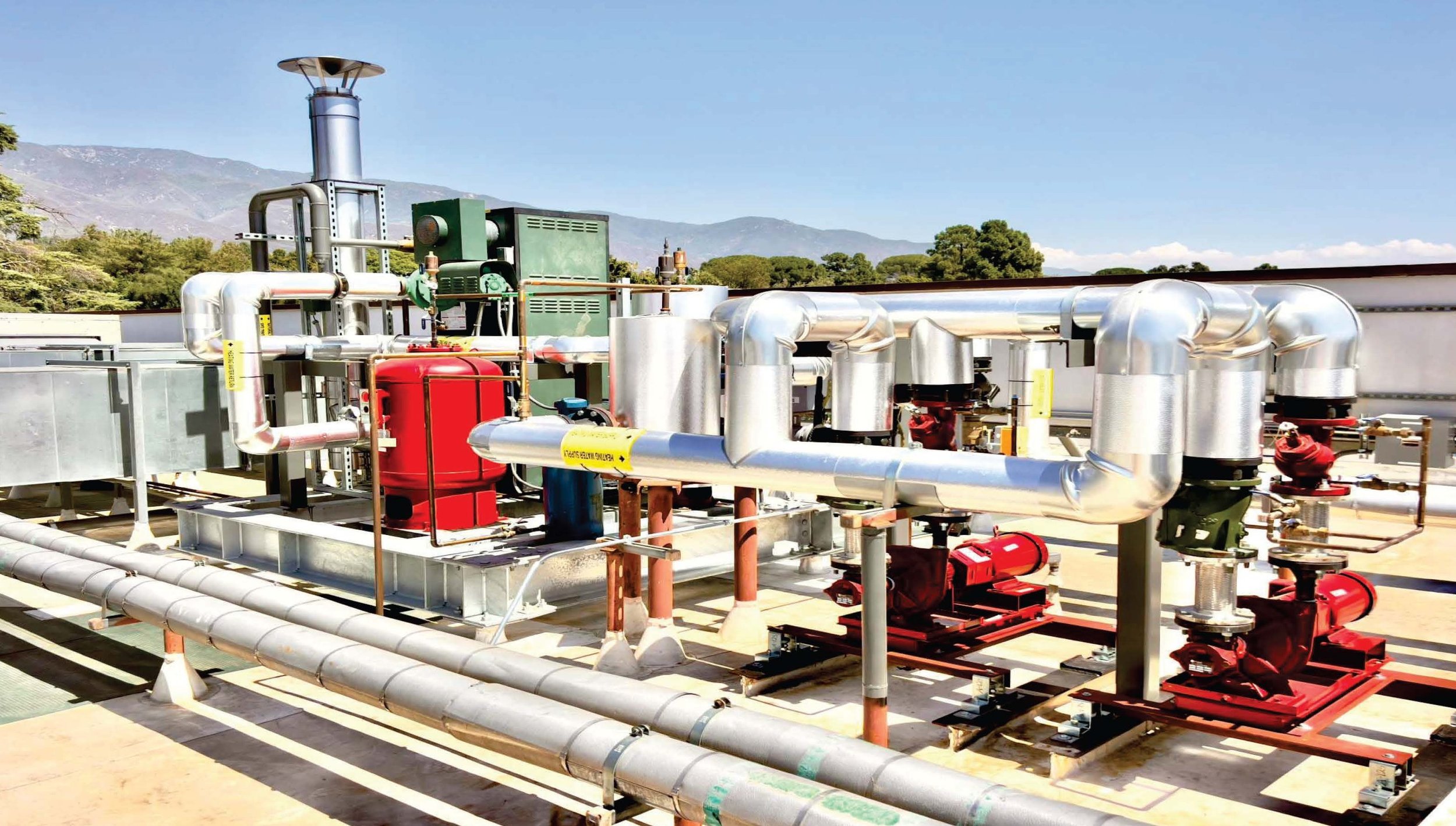Antelope Valley College's Health & Science Center
Description
The new 105,085 SF Health & Science Center at Antelope Valley College is a dynamic academic facility designed to support and expand the college’s leading health and science programs. This two-story U-shaped building features 44,706 SF of state-of-the-art laboratory and classroom space serving disciplines such as biology, physics, microbiology, chemistry, astronomy, and anthropology. An additional 21,000 SF supports Health Sciences programs, including nursing, surgical tech, cardiovascular tech, EMS, and radiologic technology.
The facility includes an 80-seat planetarium, immersive simulation labs with robotic patients, a cadaver lab, surgery demo space, a Live Animal Room, and a botany greenhouse. Other program elements include a café/dining area, computer labs, faculty offices, and flexible classroom space. With a futuristic design and significant footprint in the high desert climate of Southern California, the building incorporates advanced HVAC strategies and underwent wind tunnel testing to ensure safe and effective lab exhaust systems.
This integrated center more than doubles the College’s capacity to serve students in the sciences and health fields, creating a collaborative and immersive learning environment that supports a range of learning styles and future workforce needs.
Highlights
-
Boasting 44,706 square feet of laboratory space, the Health & Science Center offers students access to modern, well-equipped labs tailored to support diverse scientific disciplines. From biology and chemistry to physics and environmental science, these laboratories serve as incubators for discovery and experimentation.
-
The building's distinctive U-shape and expansive footprint set it apart as a landmark on the college campus. Designed to maximize functionality and aesthetic appeal, the architecture reflects a commitment to creating a conducive learning environment for students and faculty alike.
-
Situated in the high desert region of Southern California, the project faced unique HVAC design challenges exacerbated by harsh desert conditions. To address these challenges, a comprehensive wind tunnel test was conducted to ensure optimal air circulation and exhaust system efficiency, mitigating the impact of desert winds on laboratory operations.
-
High-efficiency HVAC systems for extreme desert conditions
Wind tunnel modeling for safe lab exhaust management
360-degree immersive simulation theater
Simulation hospital labs with robotic patients
Advanced A/V systems and instructional tech
Lab-specific fume hood and chemical ventilation design
-
More than doubled the College’s capacity for STEM and health programs
Created a centralized, flexible, and future-ready teaching environment
Enabled cross-disciplinary collaboration through integrated layout
Improved student engagement with specialized and interactive spaces
Achieved award-winning recognition for excellence in educational design
-
Innovative HVAC solutions tailored to high-desert climate challenges
Wind tunnel testing ensured safe exhaust treatment in windy environments
Learning spaces designed to support casual interaction and student ownership
Simulation environments offer high-impact, real-world training experiences
Architecture blends immersive tech with academic flexibility
-
Passive shading and thermal massing reduce HVAC load
High-performance glazing and insulation
Energy-efficient mechanical systems optimized for desert conditions
Sustainable material selection and natural daylighting strategies
Lab exhaust systems designed for minimal environmental impact
-
In recognition of his contributions to the Mathematics and Sciences Division, the building was renamed Uhazy Hall in 2017 in honor of Leslie S. Uhazy, former professor and dean. This gesture underscores the institution's commitment to honoring academic leaders who have made significant contributions to the college community.





